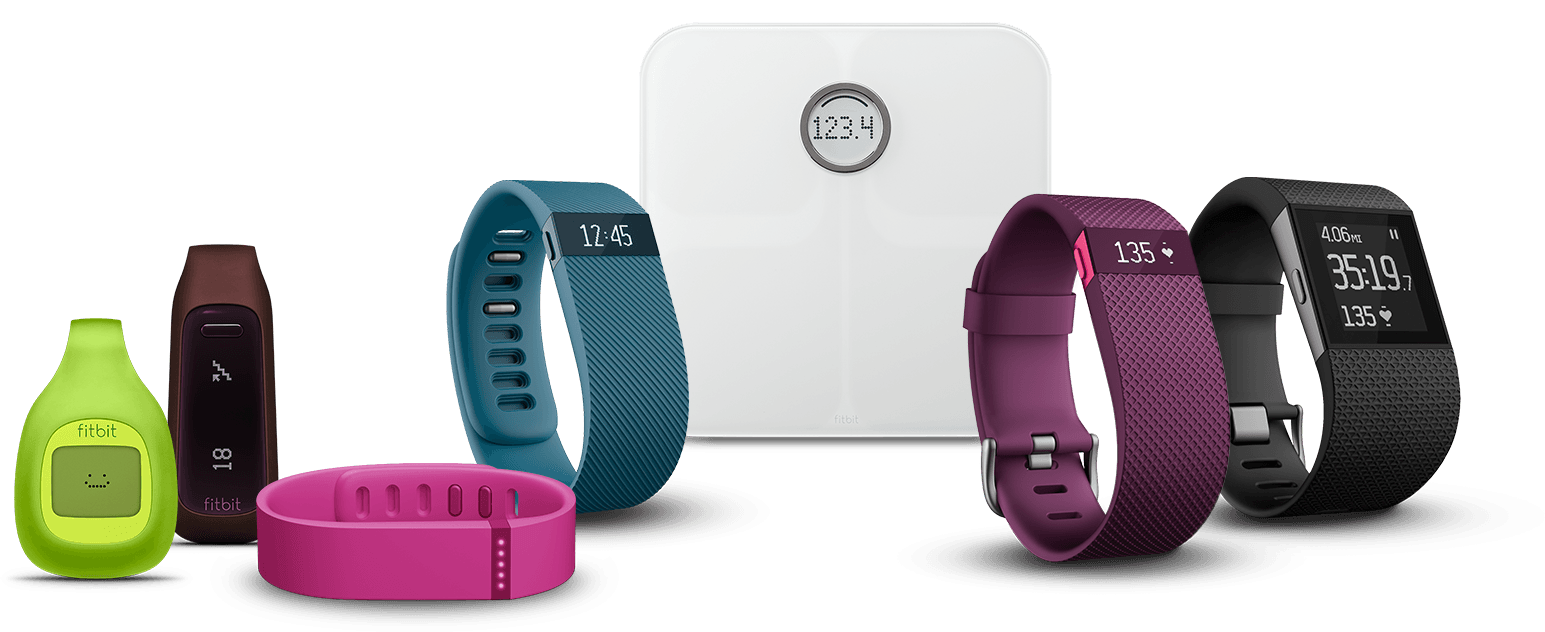
The word wearable has become a buzzword in recent months
as a direct result of Apple who are literally on everyone’s radar
for having released their much anticipated iWatch in April of this
year. While no ground swell has yet resulted, the market is more
highly visible than ever and the expectation now in June of 2015
seems to indicate a steady uptrend in interest and adoption.
As of this month Apple is expected to unveil a rewards program
with Apple Pay which is expected to stimulate sales. 
Wearables first came to into mainstream view with launch of FuelBand by Nike in early 2012. This was one of the first consumer electronics wearable devices capturing a niche in the fitness market. In what seems to be a telling reflection of the speed and uncertainty in today’s market Nike discontinued the line at the end of 2014.
Prior to this year the one niche of the market that garnered most of the attention from the general public was the fitness wearable segment. The Nike Fuel Band gained massive exposure in the wearable space partly due to their brand loyal consumers and fitness community. They achieved impact and adoption level quickly and were able to usher the first wave of activity trackers in 2012.
Nike ceasing production in the Fuel Band last year seemed to announce the end of a chapter that was just beginning. There are many reasons Nike may have chosen to phase out of the wearables space. Their alliance with Apple was a smart move, and it allowed the momentum to continue in the market with other competitive products from a range of companies. Inspiring an innovation movement that has been filled with interesting use cases and applications, said Stephanie Battista.
“Wearables is becoming a complex space and the infrastructure needed to create scalable solutions that have the ability to integrate with third party service providers and platforms is imperative to providing seamless and reliable consumer solutions that are well designed.” “Tracking data analytics and providing meaningful data that will continue to be enhance consumer lifestyles and choices will be imperative to moving past the very short trend of the 3 to 6 month wearable user life cycle,” added Stephanie.
An area that Stephanie stressed would be of increasing importance in years ahead is the embryonic market for medical wearables with an emphasis on wearables that would fall under the umbrella of preventative medicine. While not as attractive as the world of smart watches and fitness trackers this would be an area that would do even more to improve the quality of life in a direct way.
Read the full article http://design-engine.com/wearables-work-their-way-into-the-mainstream/
